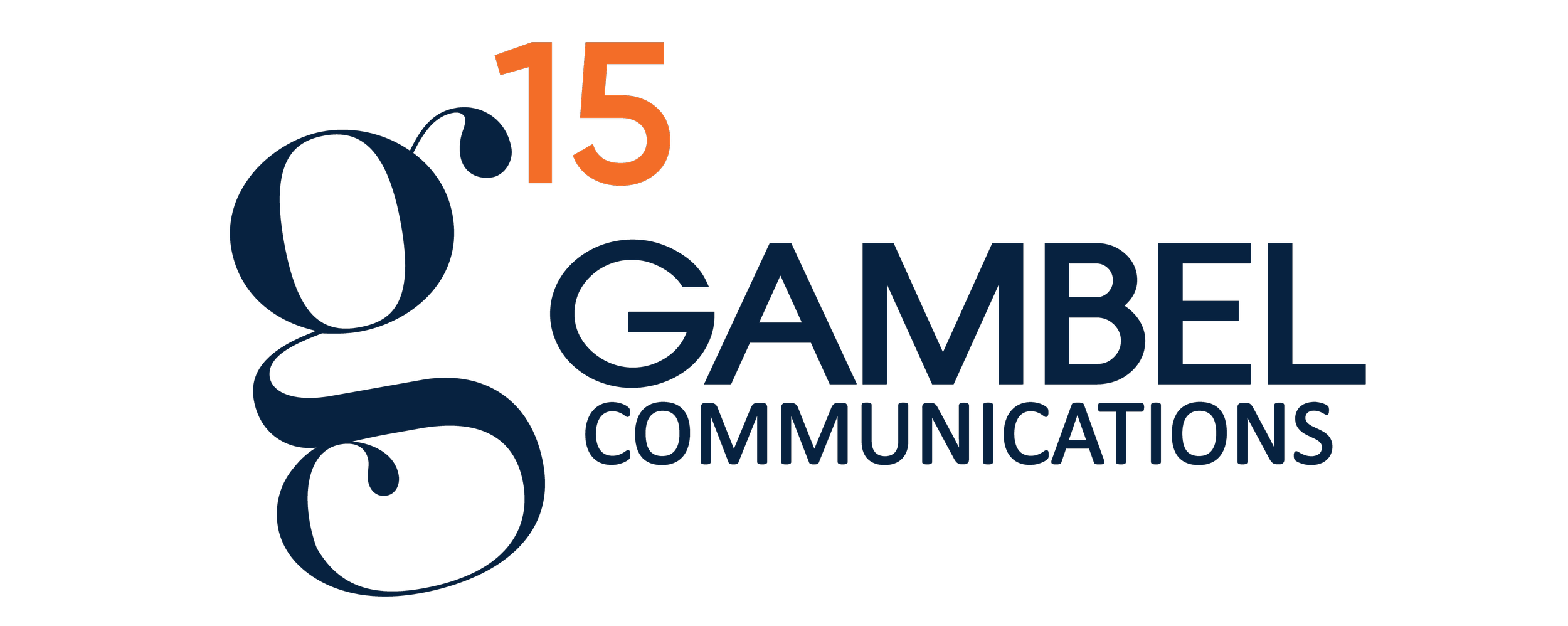Can you leverage generational differences to garner more media coverage?
I recently attended a Super Bowl advertising review hosted by the American Marketing Association (AMA) New Orleans, the New Orleans Chamber of Commerce and AMA Tulane. The college students in attendance were put into groups of four and asked to assess this year’s ads to identify their favorites. A representative from one of the groups stood up and explained a favorite comedic ad – Verizon’s “Goodbye Cable”. The student found it ironic that the commercial used a person, in this case Jim Carrey, to represent “cable” and how the characteristics he relayed were similar to cable – annoyed, unreliable and slow. I sat back and asked myself, I wonder if he realized the “Cable Guy” was in reference to the 1996 film where Carrey plays an eccentric cable installer who becomes overly intrusive in the life of a customer. As it turns out, he was not aware of the original movie.
The student’s take on Verizon’s commercial serves as a reminder of how different generations react to different communication – a concept that has been fundamental in advertising for years. It is vital that companies target different audiences in different ways based on the values and characteristics of its targets. Advertisers try to gain the attention of different generations by understanding what drives each group to buy a certain brand. This thought made me wonder – can you leverage the same generational targeting used in advertising and apply it to pitching for earned media?
Let’s look at three prominent generations in the current workforce – Baby Boomers, Generation X and Millennials – and examine how you can use known trends in each generation.
Baby Boomers (Born between the end of WWII and the mid-1960s)
Baby Boomers are more likely to respond to traditional advertising efforts like print media or direct marketing. Baby Boomers tend have a tangible nature and react better to larger formats. While they spend a large amount of time online, they can struggle with the latest technology. They are still apt to have conversations on the phone to connect with their social circle and conduct business.
So, what tips can you take from this knowledge?
Stick with established formats. If your media efforts include targeting Boomers, think visually and more established platforms like Facebook. Stay away from new platforms like Snapchat.
Pick up the phone. If you are pitching a story to a reporter in the Boomer generation don’t be afraid to call them. Email may be the preferred method of communication across generations these days, but Boomers are likely to positively respond to a phone call, too.
Generation X (Born between the mid-1960s and the early-1980s)
Generation X is the first generation to have the internet around for the majority of their adult life. Sometimes called the decision-makers, this group tends to react best to straightforward, clear messaging. Generation X is also known for its commitment to brands over a lifetime.
So, what tips can do we have for Generation X?
Build a relationship. Members of the media who fall into Generation X will likely appreciate your efforts to remain connected with them outside of “when you need them.” Maintaining positive interactions and approaching them at networking events could lead to the heart of Generation X.
Keep it short and simple (KISS). Gen X’rs like concise messaging, so get to the point when you share why your story is important and why they should cover it.
Millennials (Born during the last two decades of the 20th century)
Millennials are the first purely digital generation, and they are currently the largest part of the American workforce. Millennials are fast-moving and not necessarily brand loyal. You are likely to come across many current reporters and producers who are of the Millennial generation, so reaching out to and standing out is essential.
So, what can we learn from this?
Use digital platforms to learn about them and to reach them. Millennials are prone to utilizing multiple digital channels. They share plenty about themselves readily online. And they use multiple platforms to communicate. So, if your Millennial reporter doesn’t respond to an email, reach out to them on social media. Earned media has changed over the past 10 years with more opportunities than ever for digital media and less for traditional. Leverage this fully with Millennials.
Understanding your target audience is not the only important part of public relations, it is also just as important to understand who you are pitching to. Learn about your media target and their trends and use their generational traits to help you get the step up.



